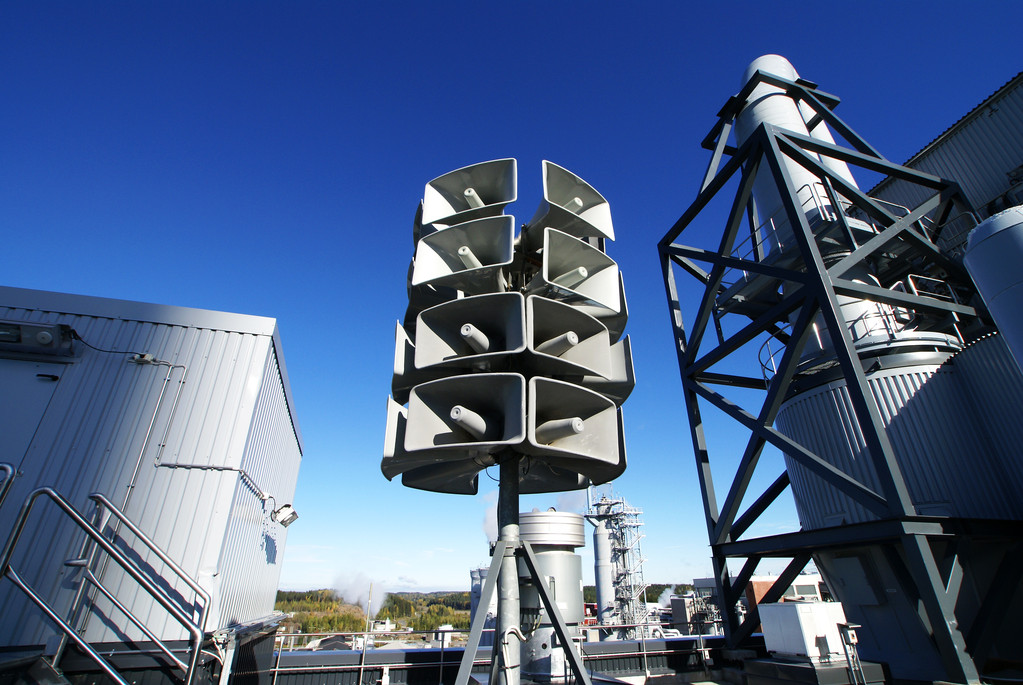
|
Eye on Design! |
INFORMATIVE,
EDUCATIONAL
&
ENTERTAINING
The Evolution and Importance of Airport Public Address Systems
Airports are bustling hubs of activity, with thousands of passengers navigating through terminals each day. Among the various systems in place to ensure smooth operations, the Airport Public Address (PA) System stands out as a critical component. This sophisticated network of audio technology is essential for maintaining order, ensuring safety, and enhancing the passenger experience. Over the years, the evolution of PA systems has transformed airports into more efficient and user-friendly environments. Historical Context and Evolution PA systems can be traced back to the earlier part of the twentieth century. At first, these systems were bare bones and included only speakers and mikes affixed to the walls. Their main use was to boost the loudness of the human voice to reach out to more people. Traditionally in the context of airports, a few years back P. Systems were limited to simple announcements such as flight timings and gate numbers. With the enhancements of technology over the years, the functions of PA systems also experienced a positive revolution. Technological advancement during the late 20th century was the turning point in the development of public address systems. Digital PA systems had advantages in terms of enhanced sound quality, better control specifics, and newly added options such as the use of messages and announcements recorded in advance. These advancements were significant for airports since orderly, efficient, and unambiguous communication is critical. Components of Modern Airport PA Systems A Modern airport public address system is a complex network designed to meet the specific needs of large, noisy environments. They typically consist of several key components: 1. Microphones and Input Devices: These are used to broadcast messages by the airport crew staff in real-time. This is for instance through installation in sensitive areas like the control rooms and customer care desks. 2. Amplifiers: These devices amplify the audio signal to a level that is required to distribute the signal in the entire airport. 3. Speakers: Speakers of high quality are placed at terminals, lounges, baggage claims, and restroom areas of the airport. They are expected to provide sound output that will be easily heard despite the surrounding noises. 4. Control Systems: While these are simple systems, they enable the control and programming of the PA system such as adjusting its volume, zoning or directing the announcements to particular areas, and the programming of numerous announcements. 5. Digital Signal Processors (DSPs): DSPs process the received signal in a way that eliminates any formats of noise that may be present and maintains the appropriate volume levels. 6. Emergency Notification Systems: Connected to the PA system, these are important for safety purposes, as important information during emergencies can be initiated throughout the airport. 
Functionality and Benefits The main role of an airport PA system is to inform common passengers or employees in case of an emergency or necessary announcements. This may include pre-boarding, gateway changes, PAs, boarding, and baggage PAs among others. Since everyone gets an update of where he or she needs to be at any given time, PA systems assist in avoiding confusion and thus aid people to get to where they want on time. Click here for additional information In addition to simple messages, PAs are widely used in emergency applications. Emergency cases such as fire outbreaks, security issues, and other calamities can have the use of the PA system to relay important directions such as evacuation procedures. Hasty dissemination of information is useful for saving people’s lives and mitigating the risk of panic. Further, the updated setting of PA systems improves the passengers’ experience since they can also broadcast messages with information and promotions. For instance, information concerning the services and products available in the airport such as eateries and other services available within an airport and promotional service offers the customer a more enjoyable and interesting airport experience. Technological Innovations A technological improvement that has occurred in the last couple of years has even expanded the efficiency of airport PA systems. Microphone facility with voice recognition and Artificial Intelligence Technology as implemented for optimal enhancement of the announcement system. Because of AI passengers’ movement can be detected, and peak times can be predicted, which results in more relevant and less annoying announcements. Another important development is that of connectivity of PA systems to other airport applications. For example, there is a capability of connectivity between the PA systems and the flight information display systems (FIDS) for audio-visual integration. This integration makes certain that passengers get information that is coherent from wherever they are in the airport. Moreover, mobile apps and personal devices have started becoming integrated into the elements of PA. Instead of relying on audio messages, passengers can receive relevant messages on their mobile phones What’s more, passengers may also be given one-time beeper numbers where they can get individualized messages on their handheld devices. This is especially going to help other passengers with hearing impairments for instant text-based messages on their devices. Challenges and Considerations Despite the advancements, there are challenges in implementing and maintaining effective PA systems. One of the main challenges is ensuring audio clarity in a noisy environment. Airports are filled with ambient noise from aircraft, machinery, and crowds, which can interfere with announcements. Advanced DSPs and strategic speaker placement are essential to overcoming this challenge. Visit this site to read more. Another consideration is the linguistic diversity of passengers. Airports serve people from around the world, speaking various languages. PA systems must be capable of delivering announcements in multiple languages to accommodate international travelers. 
Conclusion The Airport Public Address System is an indispensable tool in the aviation industry. Its evolution from simple loudspeakers to sophisticated digital networks reflects the growing complexity and demands of modern airports. By providing clear, timely, and relevant information, PA systems enhance operational efficiency, ensure safety, and improve the passenger experience. As technology continues to advance, we can expect even more innovative solutions to emerge, further transforming the way airports communicate with their users.
|
